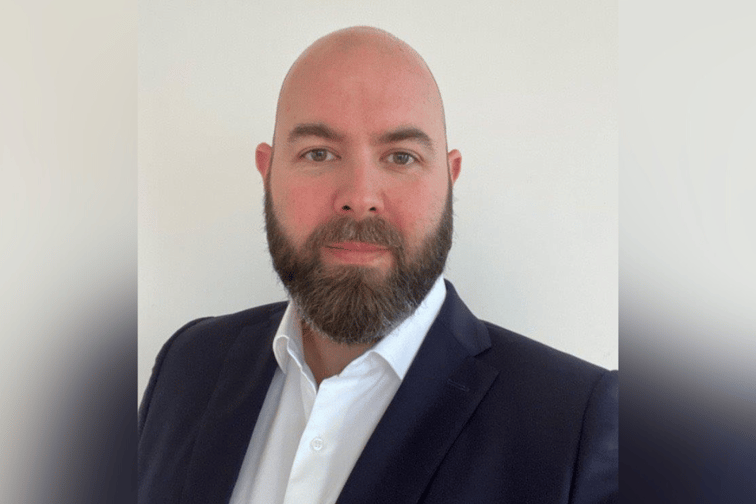

“Connectivity – and certainly the little pieces of code known as APIs (application programming interface) – is really powering the modern economy and the digital economy,” said Hale, Standard Chartered Bank’s former global information technology operations head who returned to NZ from Singapore to join AIA last August.
“And for an industry like insurance where quoting, distribution, service is often very manual, being able to adopt technologies like APIs, where connectivity is key, allows us to keep up with changes in price competitiveness and customer expectations.”
He added: “And exceed expectations if we use these APIs correctly to get a better view of our customer across the disparate systems that often insurers have behind the scenes. Insurance has got a huge opportunity to maximise the use of the data that we store on behalf of our customers, and really add value and be there for the lifelong journey of their time with us as an insurer.”
Insurance, Hale pointed out, is not only a risk business but also one that is based on trust.
“We are the custodians of customer data, and we have to secure it and act as though it were our own,” he stressed. “And that’s a really important part of the trust aspect of an insurance business. Ultimately, we should be able to work with our customers to understand to what extent their data would be useful for them.
“From a life and health Insurance perspective, being part of a lifelong journey with a customer is less of a customer [transaction] and more of a partnership. During those life events, those changes in circumstances, working with a partner, such as a life insurer or health insurance company, I think, could have a huge benefit. Then it’s not just about the conversation when something goes wrong; it’s more of a journey.”
It’s this partnership element of the business that drew Hale – a software engineer whose technological experience spans time spent in the areas of banking and trading systems – in.
The CTO, who is learning a lot about the industry he’s now part of, told Insurance Business: “It was really the value proposition of AIA. Seeing what AIA has to offer apart from the typical life and health insurance, especially around the health and wellness aspect of it, is really compelling.
“Being able to make a difference, having more of a hook into people’s lives and being part of that journey, rather than just the selling of an insurance product, and being around when the bad stuff happens. Products like AIA Vitality offer such a fantastic opportunity to do that.”
“It’s definitely a learning curve, I won’t lie,” admitted Hale. “Having spent 20-plus years in trading systems – foreign exchange, equities, derivatives – and banking systems, this is quite a different product set. So, yes, it is a learning journey for me. And I know people that have been in the industry for decades now and are experts but still learning, so I’m sure I will continue to learn through the years.”
As AIA NZ’s head tech guy, Hale also acknowledged the need not to neglect the people aspect of his remit.
“The human element is one of the pieces I enjoy most,” he shared. “As technologists, we need to solve the right problems, and we won’t know what those are without engaging the users of the technology, whether that’s staff or advisers or end customers. It’s really important that we make technology accessible.
“When technology works, it’s frictionless. When technology works, you don’t even know it’s there. So, making sure that that is the way in which we build solutions and systems is critical to my thinking… I’m really enjoying and staring into the technological and engineering challenges ahead, but also, to a very large extent, the people challenges, and working with the expertise that we’ve got in the team.”
Meanwhile, among the stakeholders that Hale is excited to engage with are AIA’s Kiwi advisers.
He noted: “Having worked remotely for six or seven months, I haven’t had the chance to meet any of our advisers yet. I’m planning on doing so when the traffic light system changes, and then I can get some more hands-on feedback. But what I’ve heard so far is all around enabling their workflows as seamlessly as possible in terms of how their business runs.”
“And businesses can differ from one to another,” continued Hale. “So, we have to be able to adapt, and that’s where things like APIs can be quite helpful. They may use a different advice tool, whether it’s Xplan or similar. Being able to integrate those systems seamlessly with ours removes the need for faxes and emails and phone calls, and can make the process a lot smoother.
“For us, it’s about making the process frictionless and as easy as possible for our advisers to obtain quotes and ultimately submit applications on behalf of customers, so giving them access to the tools they need so that they can use the platforms they want for advice or use the platforms that we can provide. Really, it’s about understanding their needs and making that process frictionless, from an adviser perspective.”
From a technologist point of view, on the other hand, Hale described now as “a great time” to be in insurance.
“My goal as CTO is to deliver a stable and secure platform that allows us to accelerate our digital agenda and digitisation transformation,” he told Insurance Business. “The simplest word to use is ‘legacy’. Insurers over the decades have come through mergers and acquisitions, and systems tend not to be able to keep up with that change of pace.
“So, in terms of modernisation and digital transformation, it’s about maximising the use of the assets we’ve got, and building capabilities for the future.”
